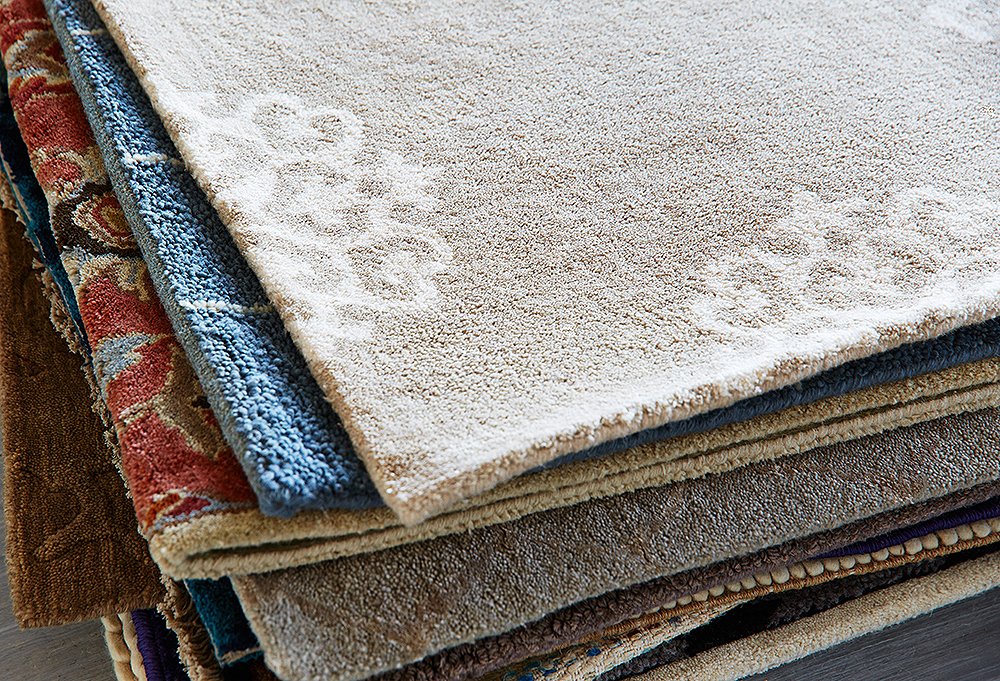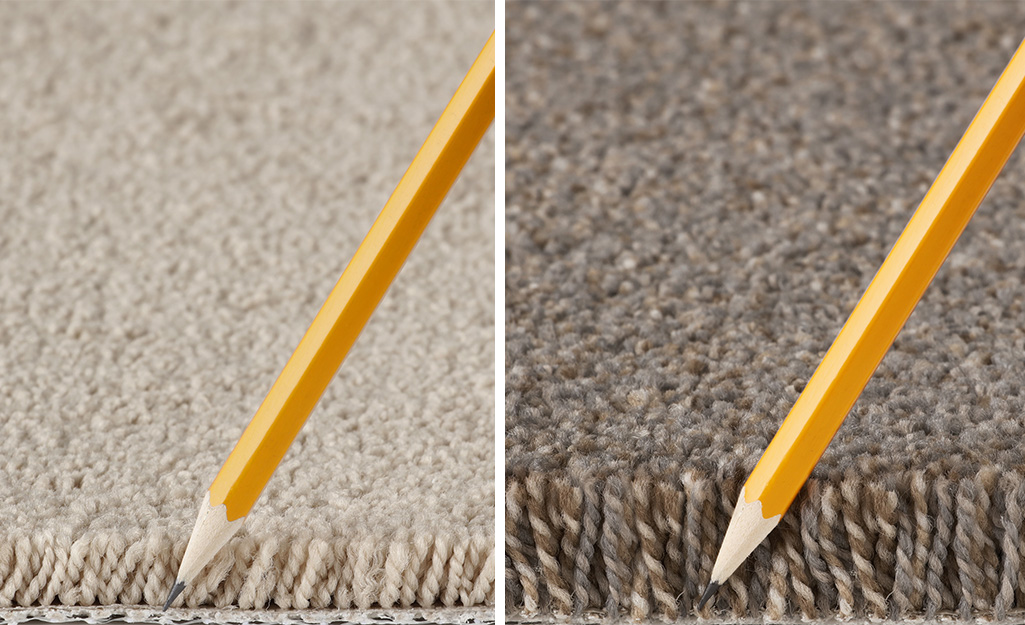Term For Carpet Thickness

The ability of carpet to spring back to its original texture and thickness after being walked on or compressed by the weight of furniture.
Term for carpet thickness. Therefore the higher the denier the larger the yarn. Carpet denier is the thickness of each strand. The word carpet has been used interchangeably to describe a wall to wall installed product or a rug which is not fastened to the floor. Read more about denier and carpet softness here.
Denier or fiber denier a direct yarn numbering measurement it is the weight in grams of 9 000 meters of yarn. The basic material with which carpets are made. Together they are key factors in your carpet s look and feel and they also influence its resilience and durability. It should not be confused with the carpet s total weight which is the combined weight of the pile plus the backing.
Get to know the basics below to decide which options are best for your home and lifestyle. Padding that is too thick or thin can cause the carpet to wrinkle buckle separate and wear prematurely. This thickness of a fiber can be regulated by the size of the openings of the spinneret. Typical nylon carpet fiber has 6 22 denier.
In some instances improper pad thickness voids the carpet s warranty. Chenille a soft silk cotton or worsted yarn fabric with a thick pile. The term refers to the weight of the carpet s fibers only not the backing material. Rows or wires similar to stitches per inch tufted carpet in woven carpet this is the number of pile yarn tufts per running inch lengthwise.
Carpet face weight is defined as the weight of the carpet pile per square yard of carpet measured in ounces. Generally thicker is better but when you hear of denier it s actually because the carpet has a thinner denier. Thinner denier makes carpet softer.


















